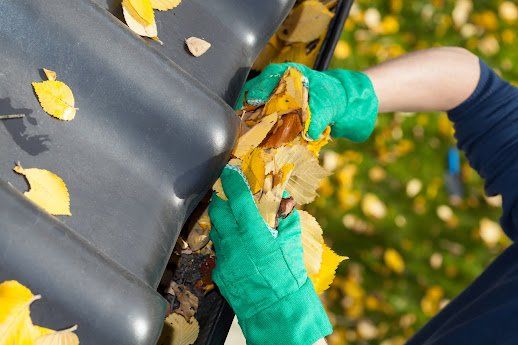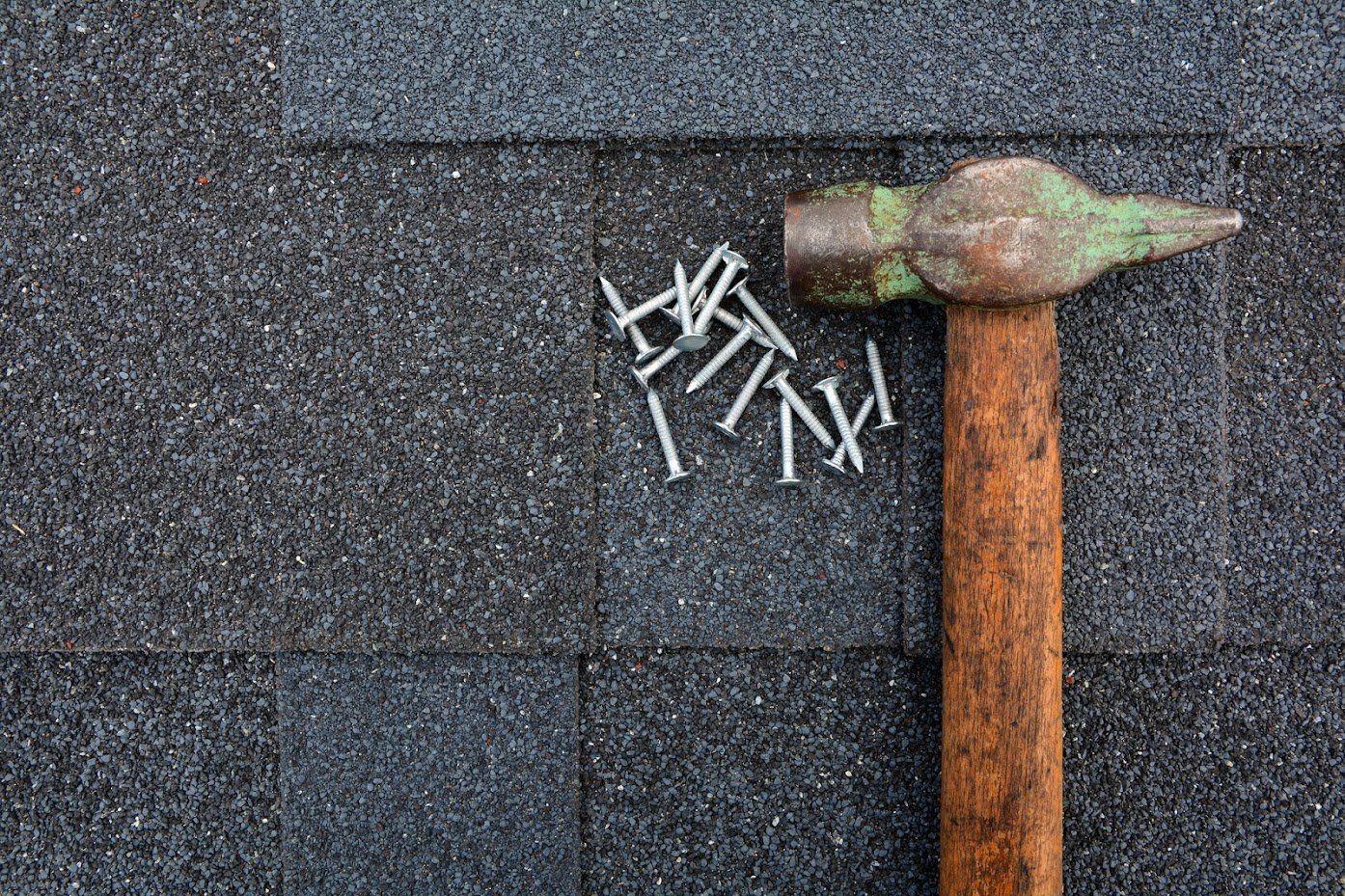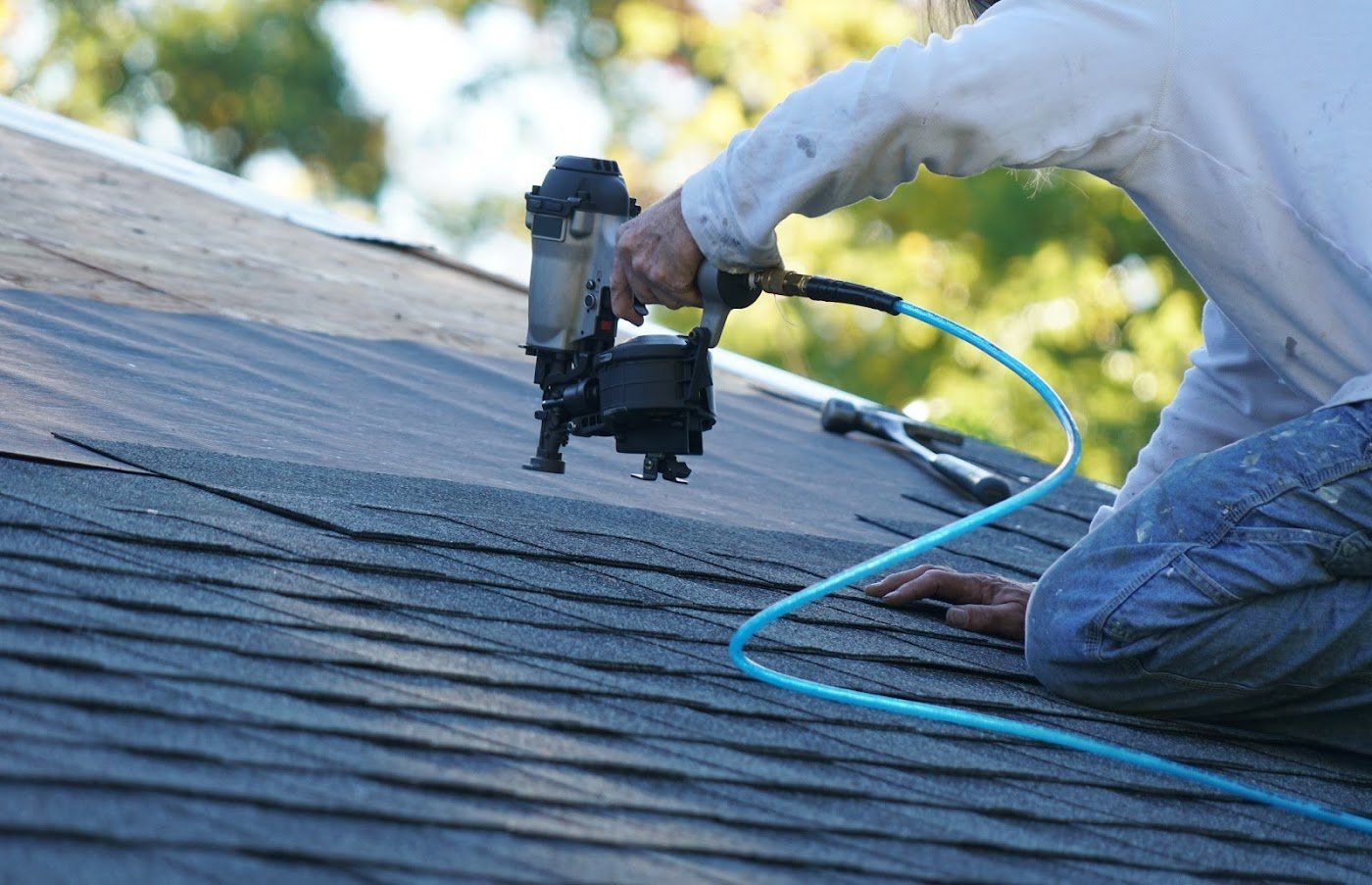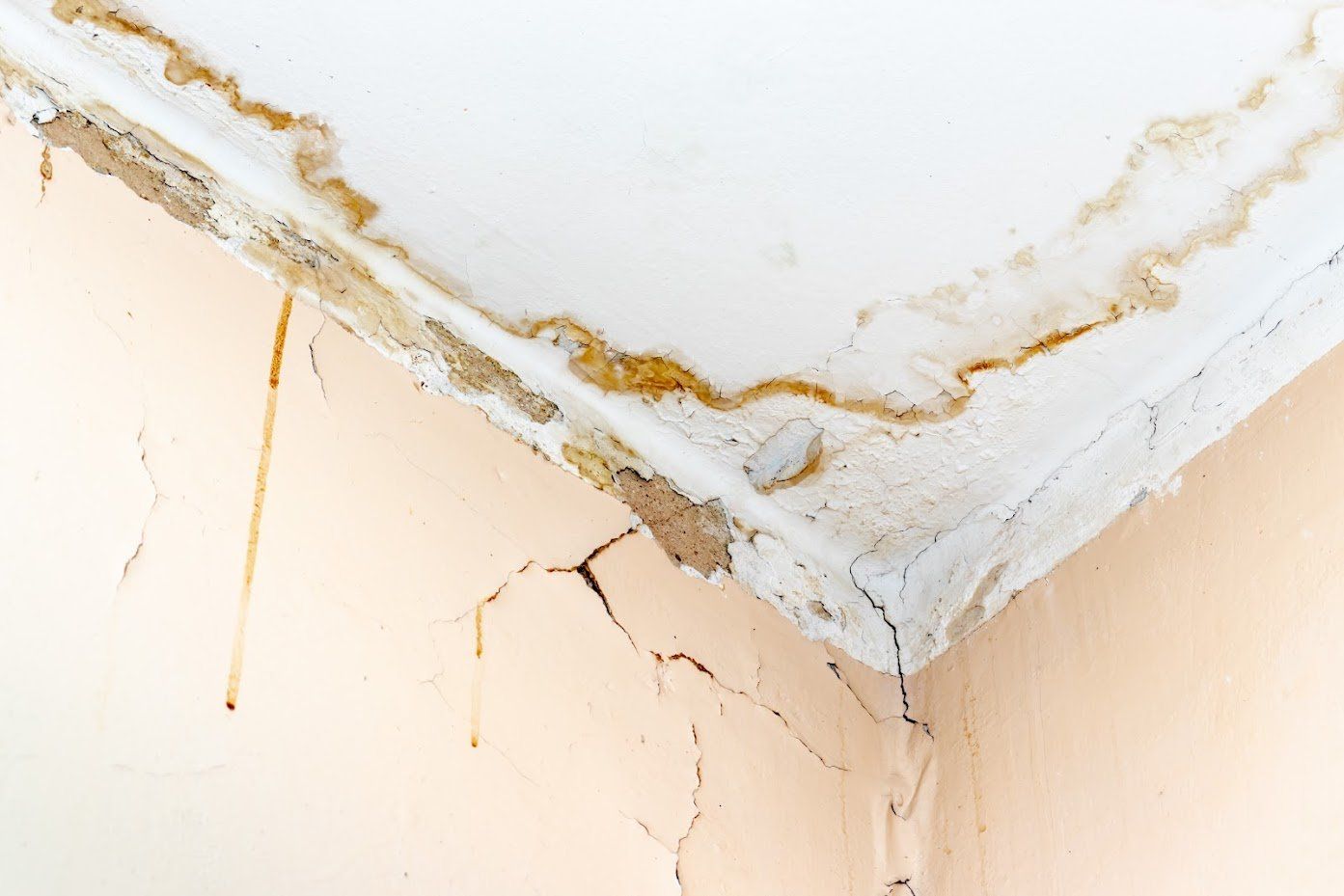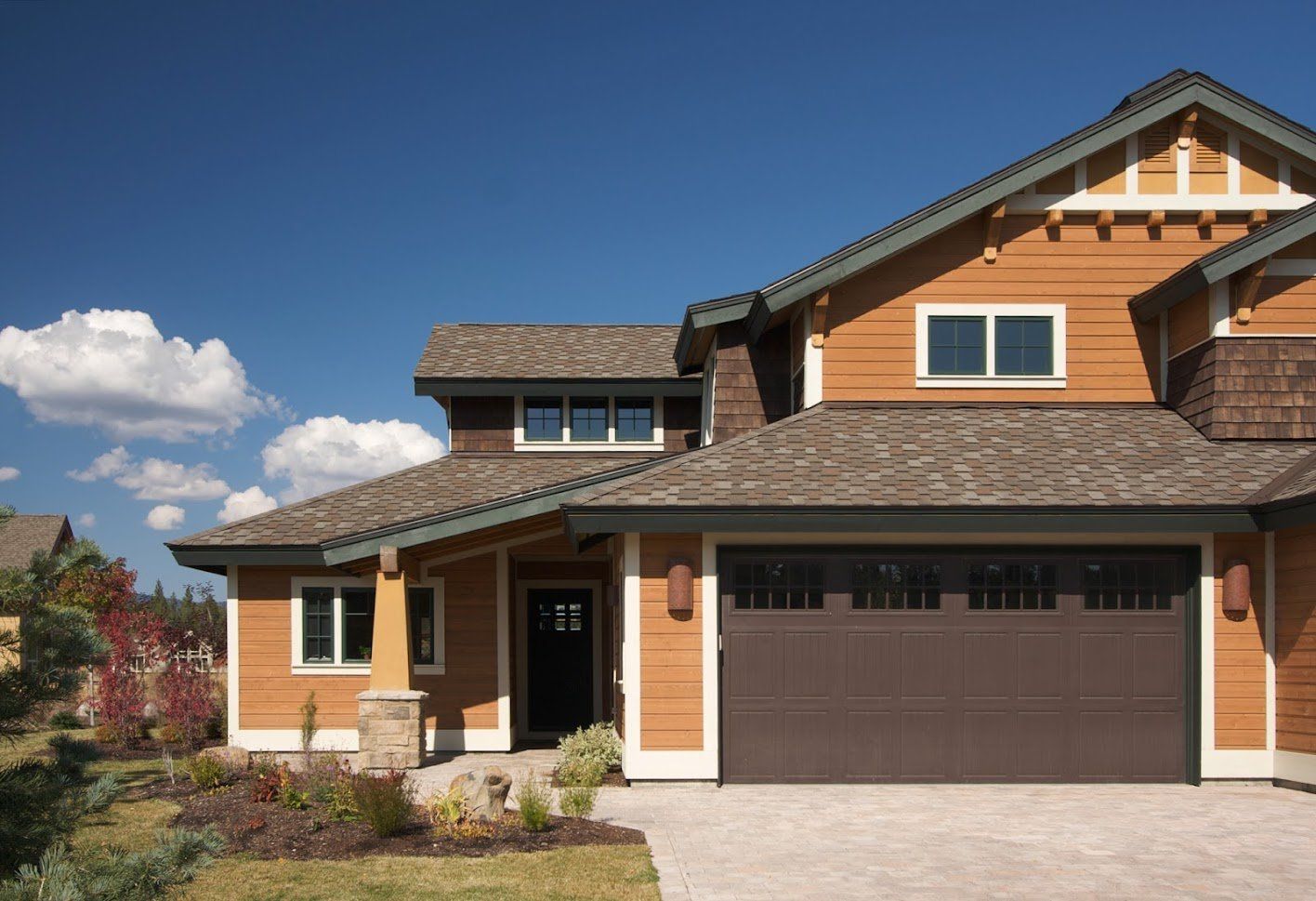Types Of Roof Damage To Avoid With High-Quality Materials
- By Admin
- •
- 24 Oct, 2019
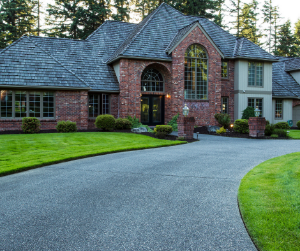
One of the first principles to remember if you want a long-lasting, high-quality roof is that you need to hire an experienced, reputable contractor. But often, your contractor may let you choose between different roofing materials that have different price points. You need to ensure that your roof has the best possible materials if you want it to succeed.
Read on to learn four types of roof damage to avoid by choosing high-quality materials.
1. Underlayment Ripples
Sometimes, soon after installation, a roof will start to take on a rippled or wavy appearance. One potential cause of this type of rippling is underlayment that got wet during installation. However, inferior underlayment can also cause this problem.
Roofing underlayment for asphalt roofs is typically made of either tarpaper or synthetic materials. Make sure that you don't choose the cheapest kind, since a too-thin, flimsy tarpaper can wrinkle and cause ripples more easily. You may want to consider a more modern synthetic underlayment, which is less likely to wrinkle.
2. Excessive Nail Pops
Nail pops occur when a nail in your roof backs out of the roof deck, seemingly spontaneously. This can cause a small raised area in the shingle that overlaps that nailed area. While anyone's roof can experience a nail pop now and again, this issue is more frequent if poor nailing technique or inferior materials were used.
Nails that are too short are a classic cause of nail pops, since the shorter the nail is, the less wood holds it in place. While nail pops aren't typically a devastating type of roof damage in themselves, they can cause localized damage (such as broken seals between shingles).
The damage from nail pops can also lead to roof leaks if it goes unrepaired. So the more nail pops you have, the more roof damage you may have. Making sure your roofing contractor uses the right nails in the first place can help you avoid leaks.
3. Prematurely Failing Flashings
Flashings are the pieces of metal used around chimneys roof edges, and other spots that require extra protection from the elements. Many homeowners don't realize just how important proper flashing work and materials are. And since you can't always easily tell from the ground if your flashings have been installed correctly, many roofs end up with subpar flashing.
One shortcut roofers sometimes take is to simply use roofing tar or roof cement instead of designated flashing pieces. Another shortcut is to use the same flashing pieces from the old roof, rather than buying new ones for the new roof. The problem is that when subpar flashings fail, you're likely to have roof leaks, which can cause serious water damage.
4. Blister Pops
Blister pops are small, localized areas of damage, like nail pops. However, unlike nail pops, they're caused by gases bubbling up through the shingle and popping as blisters on the surface of the shingle. One cause of this issue is a poorly made shingle product with incorrect proportions of ingredients.
Fortunately, blister pops caused by defective shingles are much less common now than they used to be. Keep in mind that blister pops can also occur on a hot roof that doesn't have enough ventilation, even if you use good shingles. So you'll need to make sure you have excellent ventilation function as well as excellent roofing shingles.
As you can see, even a new roof can suffer roof damage if your roofing contractor uses subpar materials for any stage of the installation process. So when you're comparing proposals, be sure to read all the fine print and make sure your contractor is planning to use the right underlayments and proper flashings as well as high-quality nails and excellent roofing shingles.
For more information on roof installation practices and which types of high-quality roofing we can install on your home, get in touch with Ratliff Enterprises, Inc. today.



